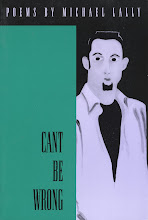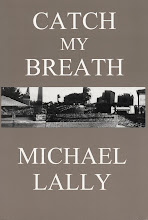
Last month, I received a birthday present from a friend of two used hardcover books. They were books I'd never have bought or read if she hadn't given them to me, even though one—FEBRUARY HOUSE by Sherill Tippins—I had some knowledge of from reviews when it first came out about five years ago.
It's the story of a group of people sharing a house in Brooklyn just before the U.S. entered World War Two. But it wasn't just any people, and it wasn't just any house.
Back in the 1960s and early 1970s I had some experience living in what we called at the time "collectives" or "communes." At the time I thought we were pioneers. Of course I knew from history that others had attempted communal living under different arrangements throughout history, but a bunch of young people, and in my case with little children, living together in one house like some new, at least to us, version of the traditional family, I thought was revolutionary for our times.
But in fact, FEBRUARY HOUSE introduced me to a group living situation similar to the types of set ups I lived in and knew of a few decades after that experiment. Though me and my fellow "commune" residents weren't as historic as the folks who lived at 7 Middaugh Street in 1940 and '41.
Every resident of that house had either already made their mark on at least U.S. culture, and in some cases an even greater swath of the English speaking world, or was about to. They included W. H. Auden, Carson McCullers, Benjamin Britten, Paul and Jane Bowles and Gypsy Rose Lee! Among others.
I've always admired the accomplishments of pretty much everyone who lived in this house, but I don't necessarily love their work in that way that leads me to want to know everything about the creator of a book or play or painting or piece of music, with the exception of Jane Bowles who at the time was the only one of the residents who hadn't yet shown any signs of being an important cultural force.
That's why I probably would never have read this book had my friend Elaine not passed it on to me as a gift. And in that wonderful way randomness has of so often blessing our days, I discovered a little treasure I otherwise might have missed. I enjoyed reading this book so much, I looked forward to bedtime and the chance to read more each night.
The details of the lives of this particular group of people and their interactions during this period turned out to be just the kind of stuff I love to read. I share little in common with any of them except a compulsion to create, and a deep admiration for others who create works that move or inspire or enlighten, or better yet change, me. But that was enough to make Tipppins' narrative keep me interested.
If you love the work of any of the people she writes about in FEBRUARY HOUSE, or have any interest in them as personalities, I think you'll find this a great read. And even if you don't, you might be surprised.
















No comments:
Post a Comment